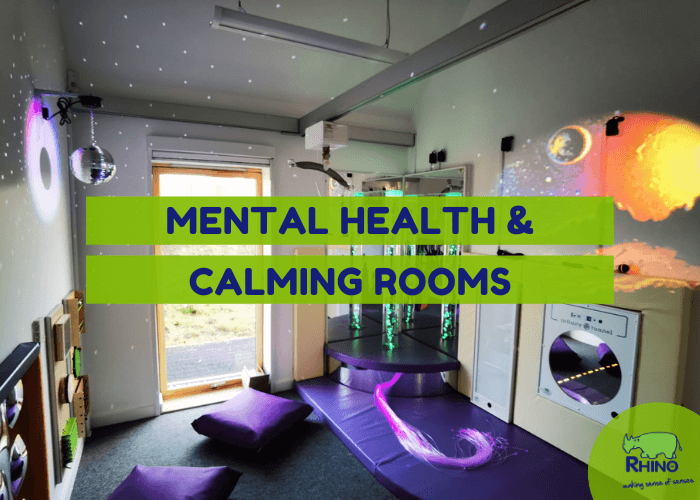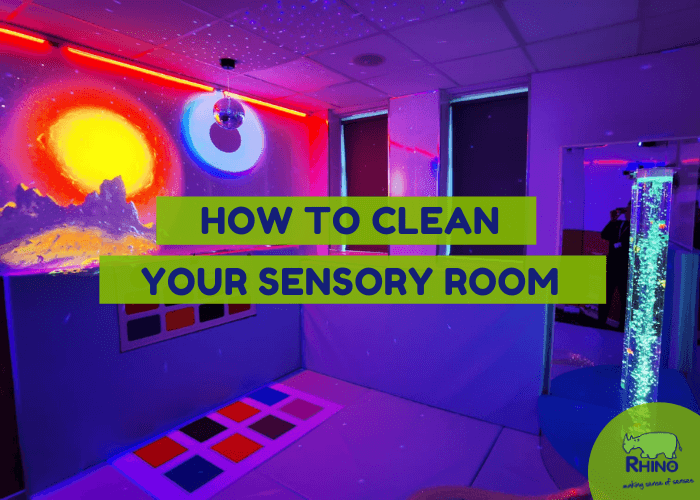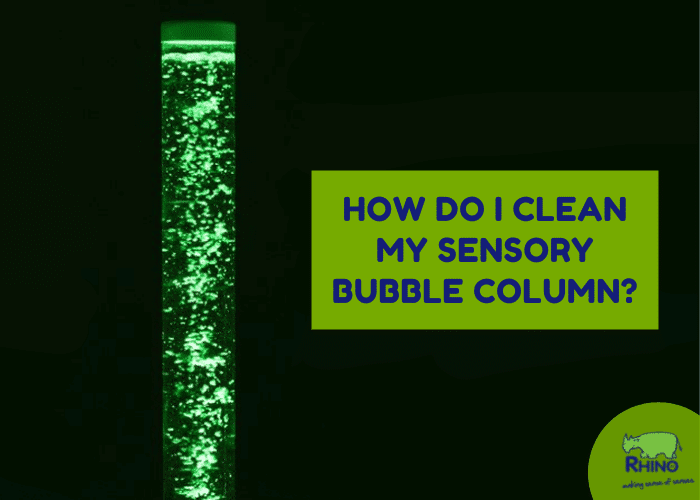There is so much more to the world of ‘Sensory’ than people may originally think. A ‘Sensory Room’ is an umbrella term used to categorise a variety of sensory spaces specially designed to impact specific needs and disabilities positively.
Recently it has become increasingly apparent how beneficial sensory rooms can be for people suffering with mental illnesses within schools, care units, prisons and many other rehabilitation centres incorporating sensory solutions into their environments.
Calming Rooms are the most commonly used sensory rooms in Mental Health.
What is a Calming Room?
The main purpose of a Sensory Room is to create an environment where everyday distractions are removed and relaxation and concentration are encouraged. Unlike a Sensory Room, a Calming Room’s main objective is not to stimulate but to provide a gentle road mental escape in a safe and secure environment.
Creating an environment where internal behavioural control is valued, taught and rewarded.
When to use a Calming Room
There are two important things to remember when it comes to Calming Room. Firstly, only use a sensory room before or after a crisis, NEVER during! And secondly, each room is designed for personal, one-on-one staff to client engagement – not room for big social groups.
The Benefits of a Calming Room:
- Creates a safe space
- Facilitates a therapeutic alliance
- Increases the ability to self-nurture
- Increases resilience
- Increases self-esteem and body image
- Increases the ability to engage in meaningful life roles
- Increases the ability to engage in social activities
- Increases ability to cope with triggers
Ways to use a Calming Room
- Proactively to prevent a crisis situation
- Responsively after a crisis to de-escalate and problem solve
- For Self Regulation– Awareness of the different strategies we use to self-organise in order to functionally engage in meaningful life activities.
Seclusion Methods vs Multi-Sensory Therapies
Over the years, there have been many debates and different opinions surrounding seclusion methods vs multi-sensory therapies. Here are a few points to consider:
Seclusion Isolates:
- The patient spends less time in education (classroom/social environment)
- They are often left triggered, and very little is learned
- The message is, “I am alone, and I have to deal with this situation all by myself.”
- Creates more frustration, anger, irrational thoughts and behaviour
Multi-Sensory Engages:
- Sensory calming rooms engage both the staff and the user physically and cognitively.
- It teaches positive social skills over time.
- The message is, “this person wants to help me at my worst time, I have a choice on how to deal with this moving forward, and I will try and take control of my own emotions.”
- Improves engagement in education in and out of the sensory room
How can you recognise early warning signs of a meltdown?
- Do you know your clients’ low-level cues?
- How do you normally respond to them?
- Do you think your response affects escalation?
Start making mental notes of early warning signs to better prepare yourself for when to intervene to prevent further escalation.
Calming Room Resources
It is important that your Calming Room incorporates a mixture of the following resources to suit a number of user needs and to stimulate mentally and physically:
Click on the links to view the products in more details.
- Swing Platforms are used to improve directional and spatial awareness.
- Swing Bolsters are used to provide vestibular stimulation.
- Pea Pod, a deep-pressure inflatable pea pod, creates a secure, calming and relaxing experience for a user.
- Body Sox users can voluntarily climb inside this suit, which gently resists their movements, encouraging the exploration of movement.
- Body Roller provides deep pressure therapy as the user crawls between the rollers, squeezing out tension.
- Protac Sensit Chair, inside the chair are weighted balls that send impulses to the central nervous system, soothing muscles and minds.
- Projection and Light Effects creating relaxing and calming environments to suit the user.
Mental Health covers such a wide spectrum, and there are so many different therapies and sensory solutions available to help. Sometimes it can prove very difficult to decide which direction is best to go for each individual patient. This is where companies like Rhino UK can help, with over 40 years of experience creating sensory environments for a wide variety of needs and circumstances. If we can be of any further assistance in helping you to decide on the best solutions, please get in touch!



